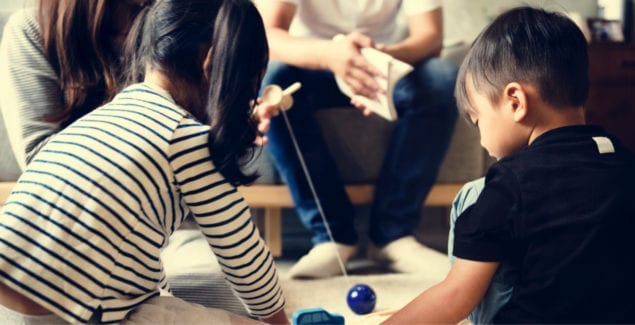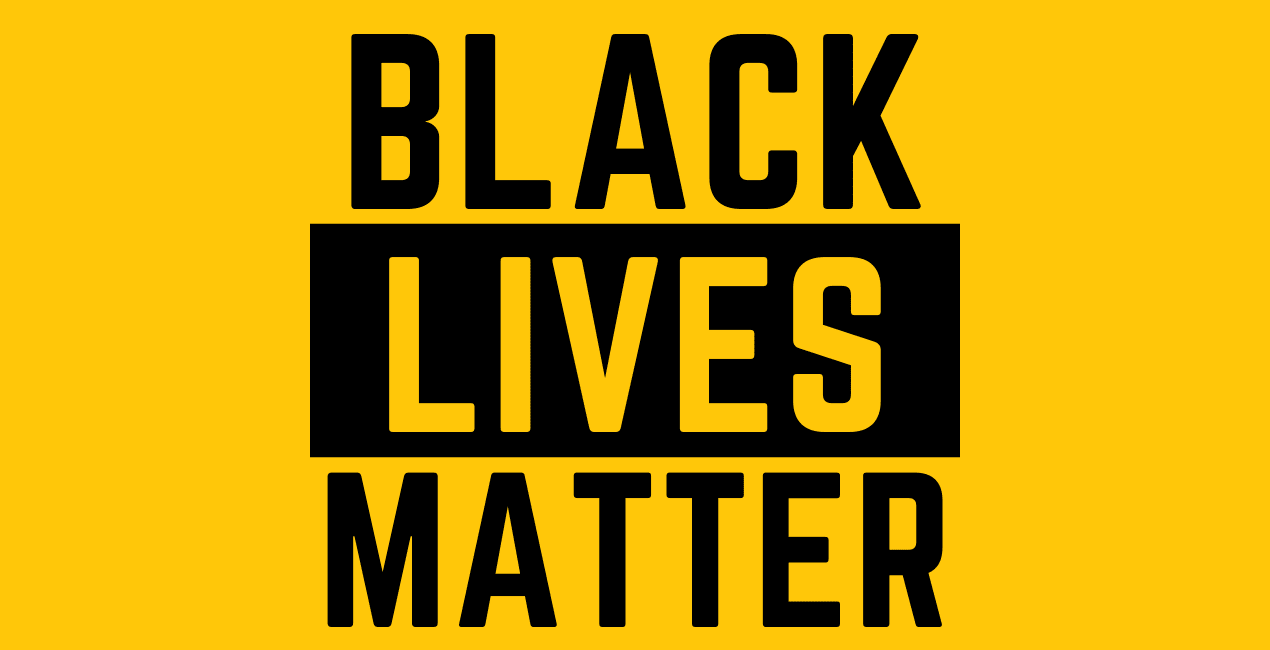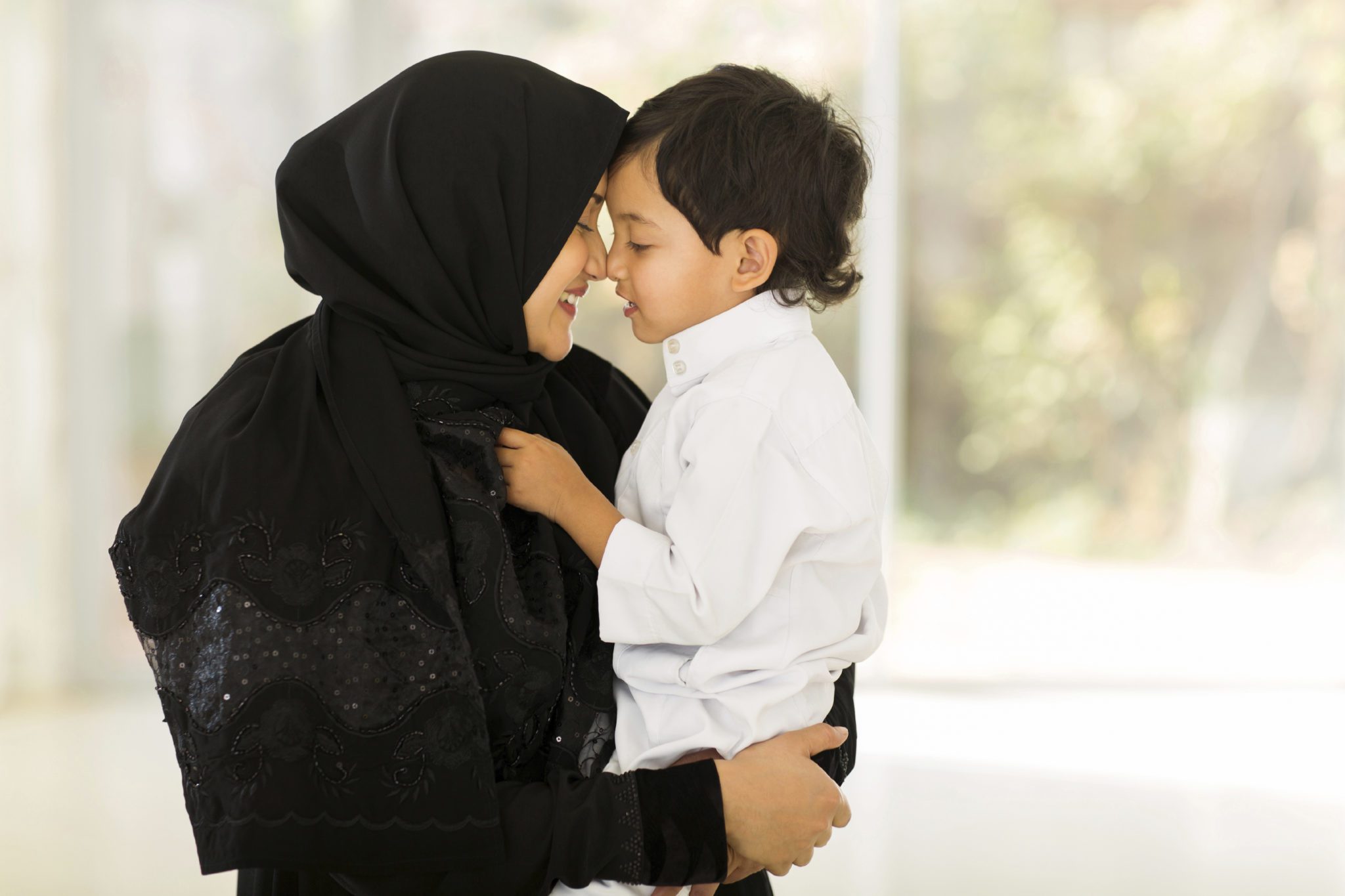How We Talked About Racism With Our Very Young Kids: A Child Psychiatrist Mom’s Conversation With Her 5- and 3-Year-Old Sons

June 26, 2020
Posted in: Parenting Concerns, Pre-School
Topics: Hot Topics, Real Lives Real Stories
Like many people in the world, I’ve been very emotionally affected about how the recent news on police brutality towards the Black community exposed the racism that continues to prevail. I became nauseous seeing social media comments that supported racism (many without the awareness of the impact of their statements), and how those that hold power in this country responded with force when encountering the demonstrations that demanded change.
This is why I decided to talk with my preschool aged children about racism; because I wanted them to grow up having the appropriate knowledge of being able to appreciate their own privileges, and understand their disadvantages while retaining their self-esteem. I wanted them to grow up with a strong sense of empathy. I felt that this is my responsibility and privilege to use my experience as a child psychiatrist to discuss this important issue with them.
How We Started the Conversation
I have two amazing sons, Taka (five years old) and Genji (three years old). When my husband, Jacques, and I were talking about the news a few weeks ago, our older son, Taka, noticed the unique tone of our conversation and asked us, “Why are you sad and mad?” We could have easily said, “Nothing,” and told him that it’s time for his bath, but I decided this is my cue.
Dealing with Our Own Discomfort
Was I worried that I might say something wrong while explaining racism? Yes. Did I feel uncomfortable discussing something so loaded and negative with my 5-year-old son? Yes. But I felt determined to not allow my own discomfort take away this opportunity from my children, and I decided to forgive myself if any unintentional “wrong” comments came about, because even if I made a few mistakes, I believed I would still be able to convey the “right” message overall.
Keep It Concrete and Relatable
Anything that we discuss with our children is better communicated when it is concrete. It’s very hard to start any conversation without a context. It’s also important that we point out how things apply to us, and make it personal and relatable to our family. We also did our best to NOT use vague phrases such as “We should celebrate all colors,” but to concretely acknowledge and address the inequality associated with the colors of our skin.
George Floyd’s Photo
When our son asked why we were angry and sad, we showed him the photo of the murder of George Floyd. We told him that his name is George, and that George didn’t do anything wrong, but the police assumed he did and put their knee on his neck in a way that took his life. We told him we are so sad and mad that someone who didn’t do anything wrong got killed by someone who held absolute power over him.
Disadvantages and Privileges Associated with Skin Tone
We talked about skin tones by mentioning his friends who have a lighter or darker skin tone because of their different heritage. We talked about what it means to have a lighter or darker tone in America.
We heartbreakingly told our son that by being Eastern Asian, there will be times that he will be erroneously perceived as inferior or weak, while he is actually amazing; and that this may limit what he and his brother could do in the future. This was the most heartbreaking and hardest part of our conversation, but we felt that we cannot hide the truth of how their race will be dealt with in the society we live in. We emphasized how truly incredible he and his brother are, no matter how they are wrongly perceived by people who don’t know them.
We told him that while that is frustrating and unfair for us, we have it so much better than some others, because in regard to safety, Eastern Asians are not perceived as dangerous or threatening. Dark skinned people, particularly Black boys and men, are often perceived as dangerous even when they are actually kind. We told them that for many, many years, Black men and boys have been killed just because they are black without any other reason. In George’s case, George was black, and even though he didn’t do anything bad, it seems like the police had already decided he was bad before they got to know him, and George died because of it.
We told Taka that when people assume something bad about a group of people just because they look a certain way without knowing them, that is called racism. He agreed that it is so unfair.
History of Slavery and Segregation: How Does It Connect to Us?
We showed him pictures from the times of slavery and told him that Black people were forced to come on a boat from Africa against their will and were treated poorly by their “owners.” We talked about segregation, where White and Black kids couldn’t go to school together or even drink the same water.
Again, because it’s important to make this story personal for our children, we brought it back to how this history applies to our own family. We told him that the only reason why us, other colored minorities, can live in Boston and go to their school is because of the Civil Rights Movement, where the Black men and women fought so hard to end segregation, and they included the other colored minority people in this.
Using Our Ethnic History to Help Develop Empathy: Japanese Internment Camps
We all tend to relate more to events that happen to people we resemble, so we brought up the history where our own ethnicity received overt racial injustice in this country. We told them, “Back when America was at War with Japan, Japanese American people were taken away from their homes and were told to live in a place where there were bars around them. Their belongings and jobs were taken away, and some people died in the internment camps. They were American citizens who had done nothing wrong. How would you feel if you were taken away just because your mom was Japanese.”
Our son was shocked how unfair this was for American citizens of Japanese heritage back then, and asked if this would happen to us. We told him that it’s very unlikely that this will happen to us, because of all the efforts that were made by the advocates from the past that worked hard to make America a fairer place.
Every ethnicity and subgroup unfortunately have some version of this story, and bringing your ethnic or cultural history may help your family understand the unfairness of racism and imagine how it feels to be the receiving end of racism. We told our boys that imagining how people feel and treating people the way that we would like to be treated is called “empathy,” and empathy is one of the most important things we need to have in life.
Imagine the Emotions of Characters
In addition to real examples in their lives and our history, we also used characters of stories to practice developing empathy for people (and animals) who are not ourselves. We asked, “Rudolf the red-nosed reindeer was never invited to play reindeer games. How do you think he felt? How do you think Rudolf wished he was treated? How could you be a good friend to Rudolf if you lived in Santa’s village?”
We told our kids that it’s important to use their super imagination power. I said, “It’s really hard to know how it feels unless you’ve experienced it yourself, but even when you don’t exactly know how other people feel, we should imagine them as much as we can. Trying hard to imagine is so important. This is called empathy.”
Focus on Why the Protests Are Happening Instead of How
When we were discussing George Floyd’s murder, and that many of us are angered and saddened by the series of acts of injustice that has been happening for the Black community, we also looked at photos of the protests. As the whole first page of the images that came up on our search were photos of looting and vandalism, our son asked us why the store was on fire and why these windows were broken.
We first told our children that most protests in the U.S. have been peaceful, and that we should never use violence as a solution. We also talked about how some of these stores that were destroyed were small businesses that were anxiously waiting to reopen after being shut down for three months in the COVID crisis, and how sad they must be to see their store in this shape. Similarly, it’s been noted that some have criticized how Physical Distancing (Social Distancing) is not observed in some protests. The frontline health workers have worked tirelessly with such limited resources, some literally wearing garbage bags, some not taking salary because many healthcare institutions have been losing money during the COVID crisis.
While we started with how we don’t want them to participate in violence and empathizing with the victims of the riots, and how the best way to do our part in ending this pandemic is by respecting a safe physical distance, we quickly switched our focus to emphasize why the protests are happening, rather than how.
We asked them, “Have you ever felt so angry that you wanted to punch something or break a window?” and said, “For mommy, if I had to be worried if Taka and Genji could be killed without doing anything wrong, and if we’ve been telling everyone how angry we are about this injustice for a long, long, long time, but people didn’t seem to get it, and if they talked about it as if we somehow deserved this terrible treatment, I think I would be so angry that I would want to break a window. I will be so angry that I may forget to stand six feet away. The protests are done to create awareness as a crowd and to communicate together about how this injustice needs to stop. It needs to make a big statement by showing how angry we are all, and this just simply cannot be done over Zoom.”
Why Do Bullies Bully?
This is a question that our son actually asked when we were discussing how racism is a form of bullying. “Why do bullies bully?” We told him that there is a part of our mind that makes us want to feel more powerful by thinking that other people are weaker than us. Our son responded, “But that doesn’t make you more powerful.” We told him that while that is true, humans have interesting minds that make us feel things that are not logical, so we need to be good observers of our feelings and thoughts and try to be as honest as possible with ourselves.
Our Children Are Our Future
The matter of racism must advance at an individual level, and we as parents have the power to make an impact through our individual conversations with our children. In our family, we started with what we wrote here, and we continued our conversation for days discussing why we use the slogan, Black Lives Matter and not All Lives Matter, to specifically address how Black men and women receive police brutality at a significantly higher rate than others (“If Taka needs a snack while all the other kids have snacks, we would say ‘Taka needs a snack!’ rather than ‘Everyone needs a snack!’”), and how we can work together as a family when we receive racism (Jacques and I shared our own experience of receiving racism in our lives, and how we never allowed it to damage our self-esteem).
I’m so glad that we talked about this with our kids despite our own discomfort, and we vow to continue to educate ourselves as well as our children even after this news disappears from the headlines.
For more, watch Mai Uchida have a conversation about her experience in the video, ‘How to Talk to Your Children About Racism.’

 Share
Share Tweet
Tweet





